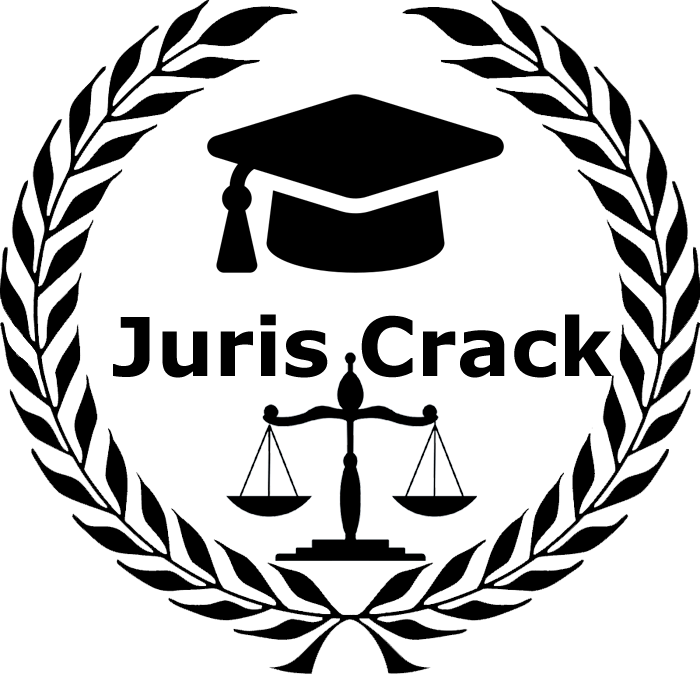- In this Act, unless the context otherwise requires―
- “agnate”―one person is said to be an “agnate” of another if the two are related by blood or
adoption wholly through males - “aliyasantana law” means the system of law applicable to persons who, if this Act had not
been passed, would have been governed by the Madras Aliyasantana Act, 1949, (Madras Act 9 of
1949) or by the customary aliyasantana law with respect to the matters for which provision is made in this Act; - “cognate”―one person is said to be a “cognate” of another if the two are related by blood or
adoption but not wholly through males - the expressions “custom” and “usage” signify any rule which, having been continuously and
uniformly observed for a long time, has obtained the force of law among Hindus in any local area,
tribe, community, group or family:
Provided that the rule is certain and not unreasonable or opposed to public policy: and
Provided further that in the case of a rule applicable only to a family it has not been discontinued
by the family; - full blood “half blood” and “uterine blood”
-
- two persons are said to be related to each other by full blood when they are descended
from a common ancestor by the same wife, and by half blood when they are descended from a
common ancestor but by different wives - two persons are said to be related to each other by uterine blood when they are descended
from a common ancestress but by different husbands
- two persons are said to be related to each other by full blood when they are descended
Explanation.―In this clause “ancestor” includes the father and “ancestress” the mother;
-
- “heir” means any person, male or female, who is entitled to succeed to the property of an
intestate under this Act; - “intestate”―a person is deemed to die intestate in respect of property of which he or she has
not made a testamentary disposition capable of taking effect; - “marumakkattayam law” means the system of law applicable to persons―
-
- who, if this Act had not been passed, would have been governed by the Madras
Marumakkattayam Act, 1932 (Madras Act 22 of 1933); the Travancore Nayar Act (2 of 1100K);
the Travancore Ezhava Act (3 of 1100K); the Travancore Nanjinad Vellala Act (6 of 1101K); the
Travancore Kshatriya Act (7 of 1108K); the Travancore Krishnanvaka Marumak kathayee (Act 7
of 1115K); the Cochin Marumak kathayam Act (33 of 1113K); or the Cochin Nayar Act (29 of
1113K); with respect to the matters for which provision is made in this Act; or - who belong to any community, the members of which are largely domiciled in the State of
Travancore Cochin or Madras 1[as it existed immediately before the 1st November, 1956], and
who, if this Act had not been passed, would have been governed with respect to the matters for
which provision is made in this Act by any system of inheritance in which descent is traced
through the female line;
- who, if this Act had not been passed, would have been governed by the Madras
but does not include the aliyasantana law;
-
- “nambudri law” means the system of law applicable to persons who, if this Act had not been
passed, would have been governed by the Madras Nambudri Act, 1932 Madras Act (21 of 1933); the Cochin Nambudri Act (17 of 111K); or the Travancore Malayala Brahmin Act (3 of 1106K); with
respect to the matters for which provision is made in this Act; - “related” means related by legitimate kinship:
Provided that illegitimate children shall be deemed to be related to their mother and to one
another, and their legitimate descendants shall be deemed to be related to them and to one another; and any word expressing relationship or denoting a relative shall be construed accordingly.
- “agnate”―one person is said to be an “agnate” of another if the two are related by blood or
- In this Act, unless the context otherwise requires, words importing the masculine gender shall not
be taken to include females..




No comment